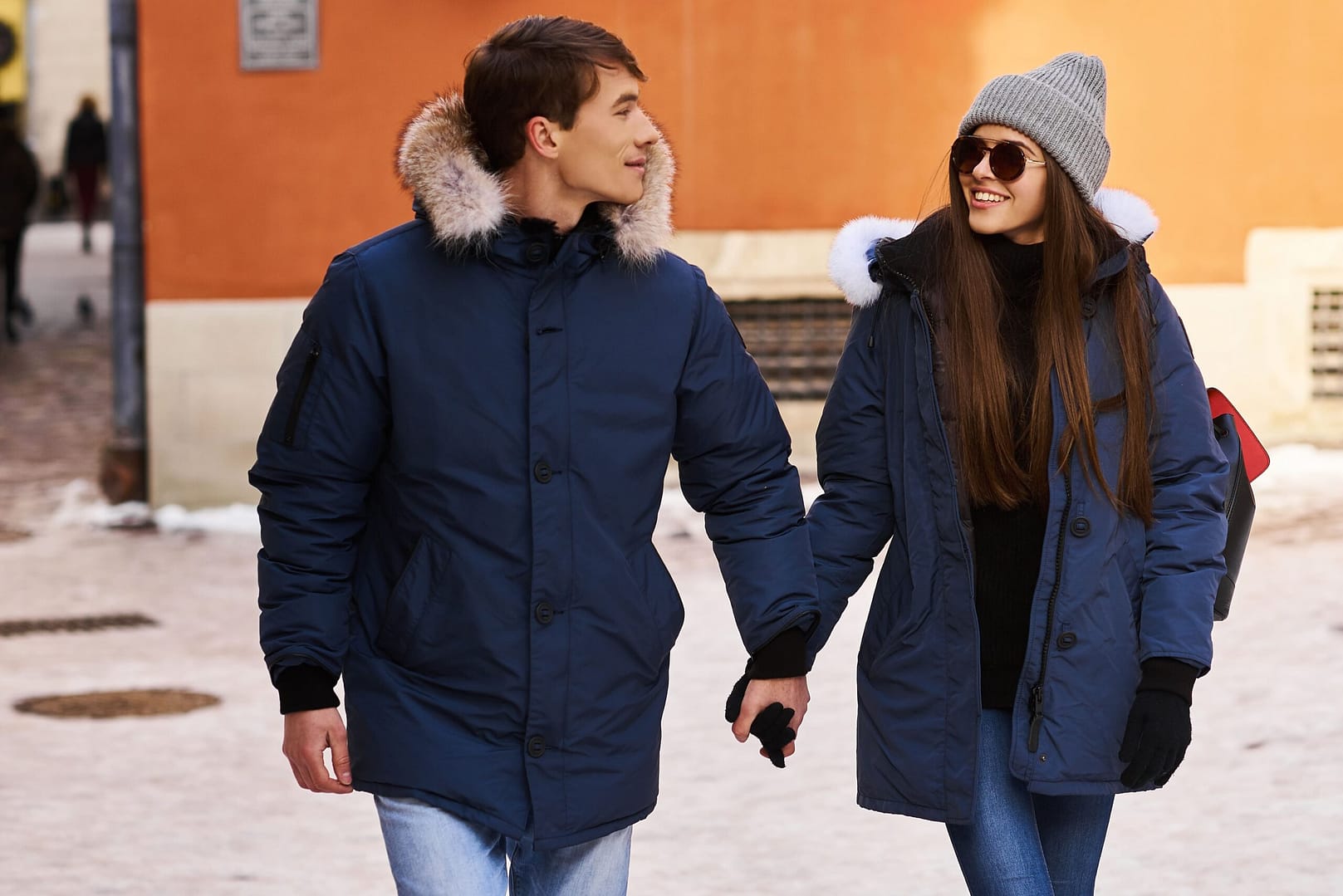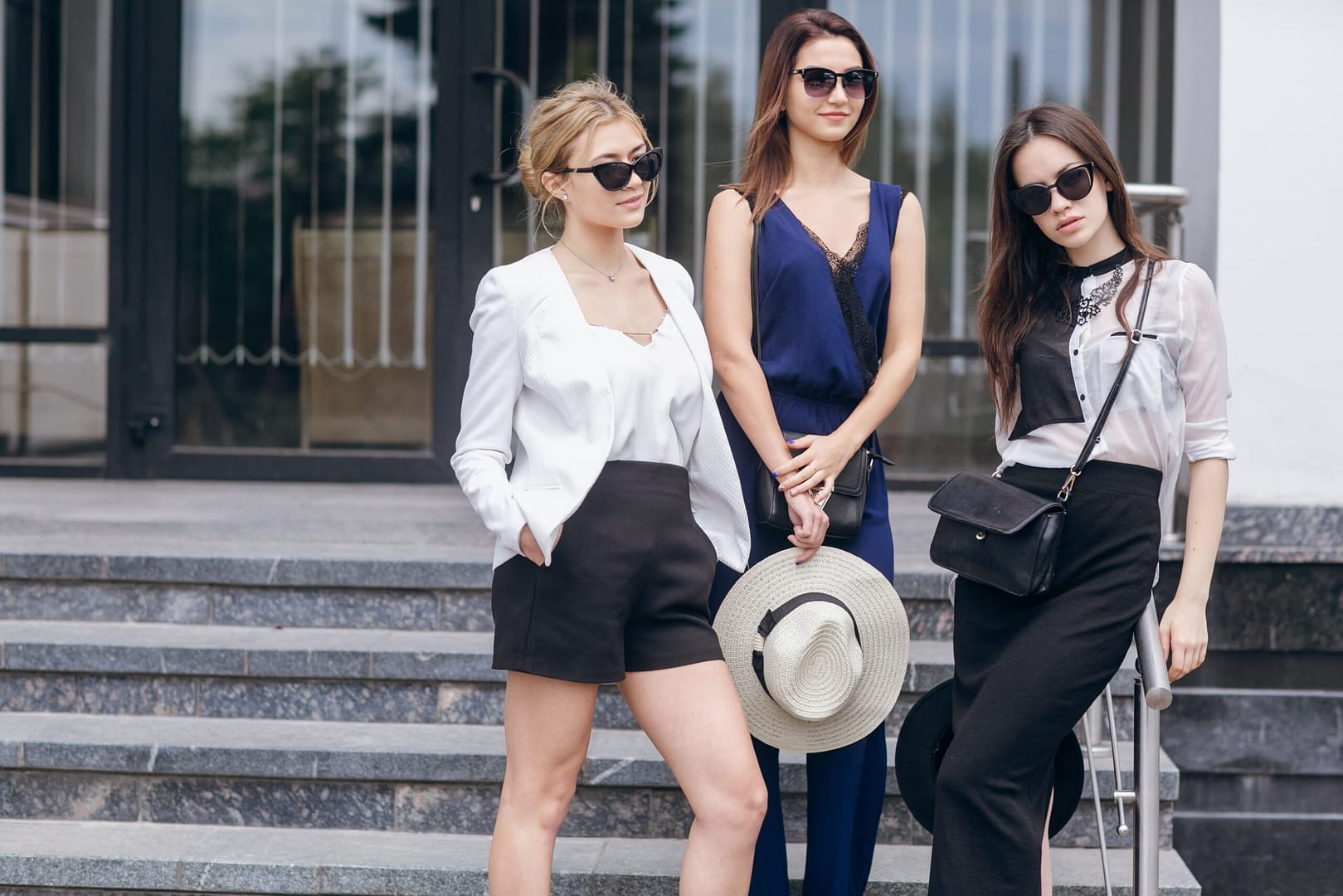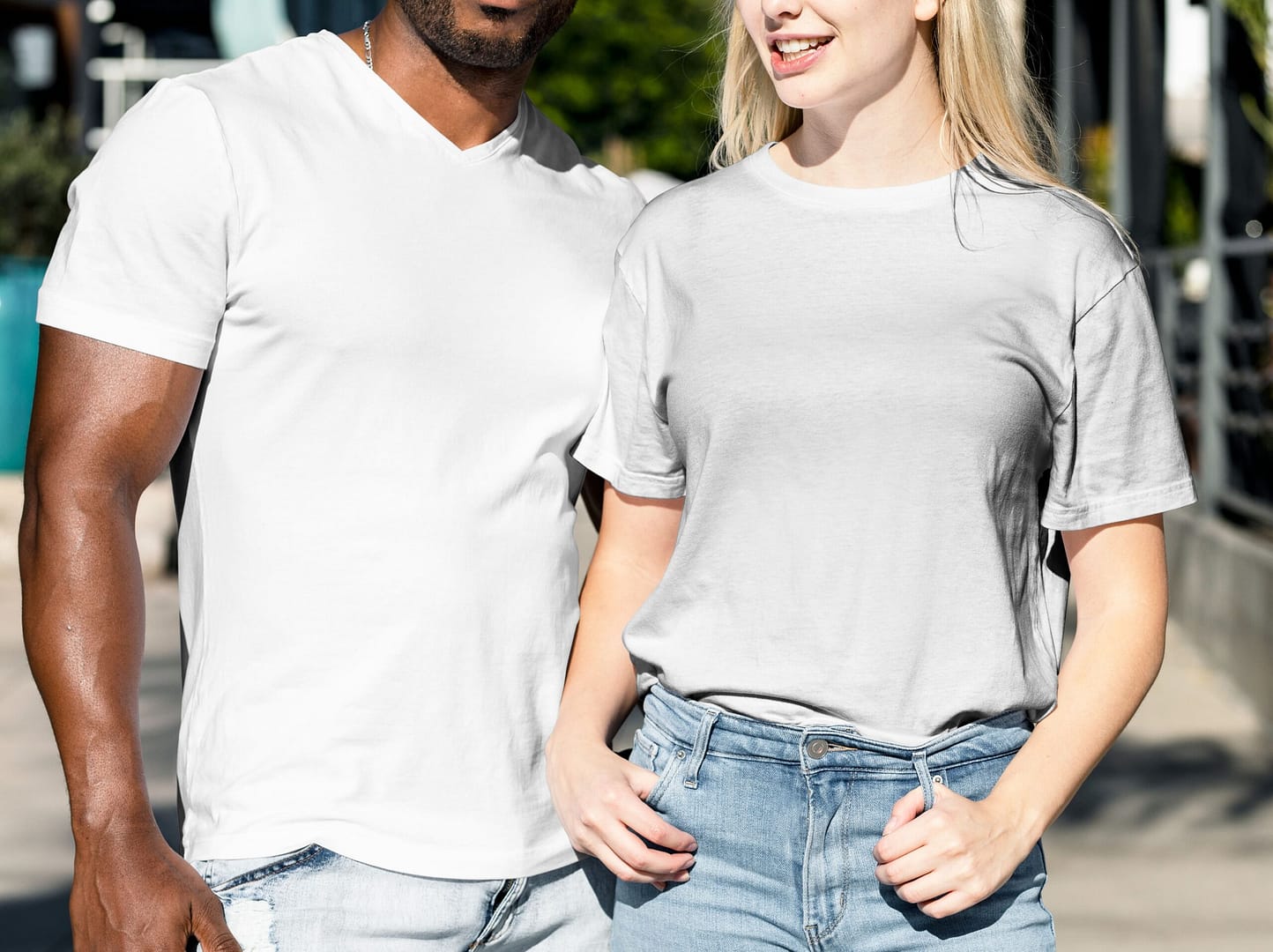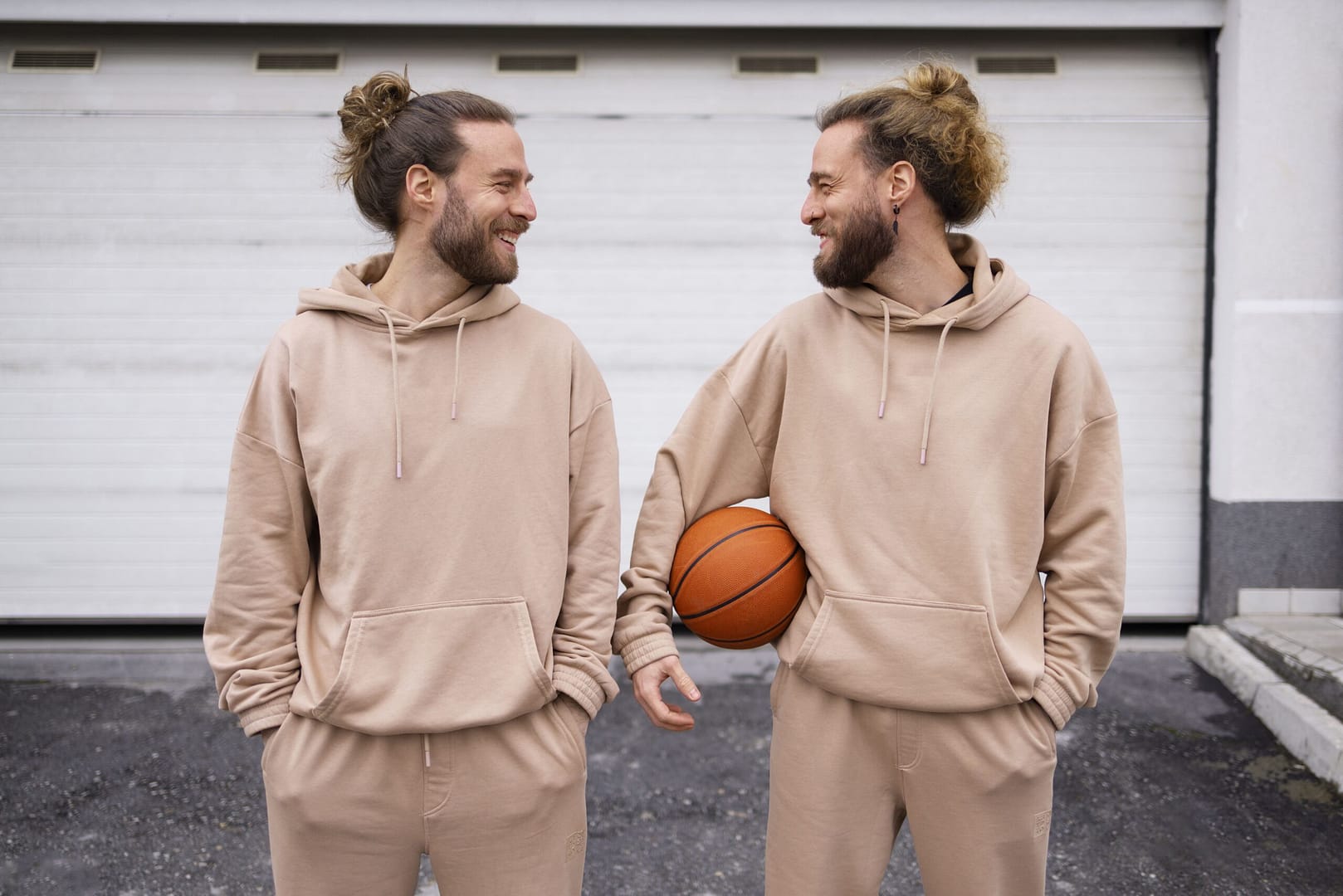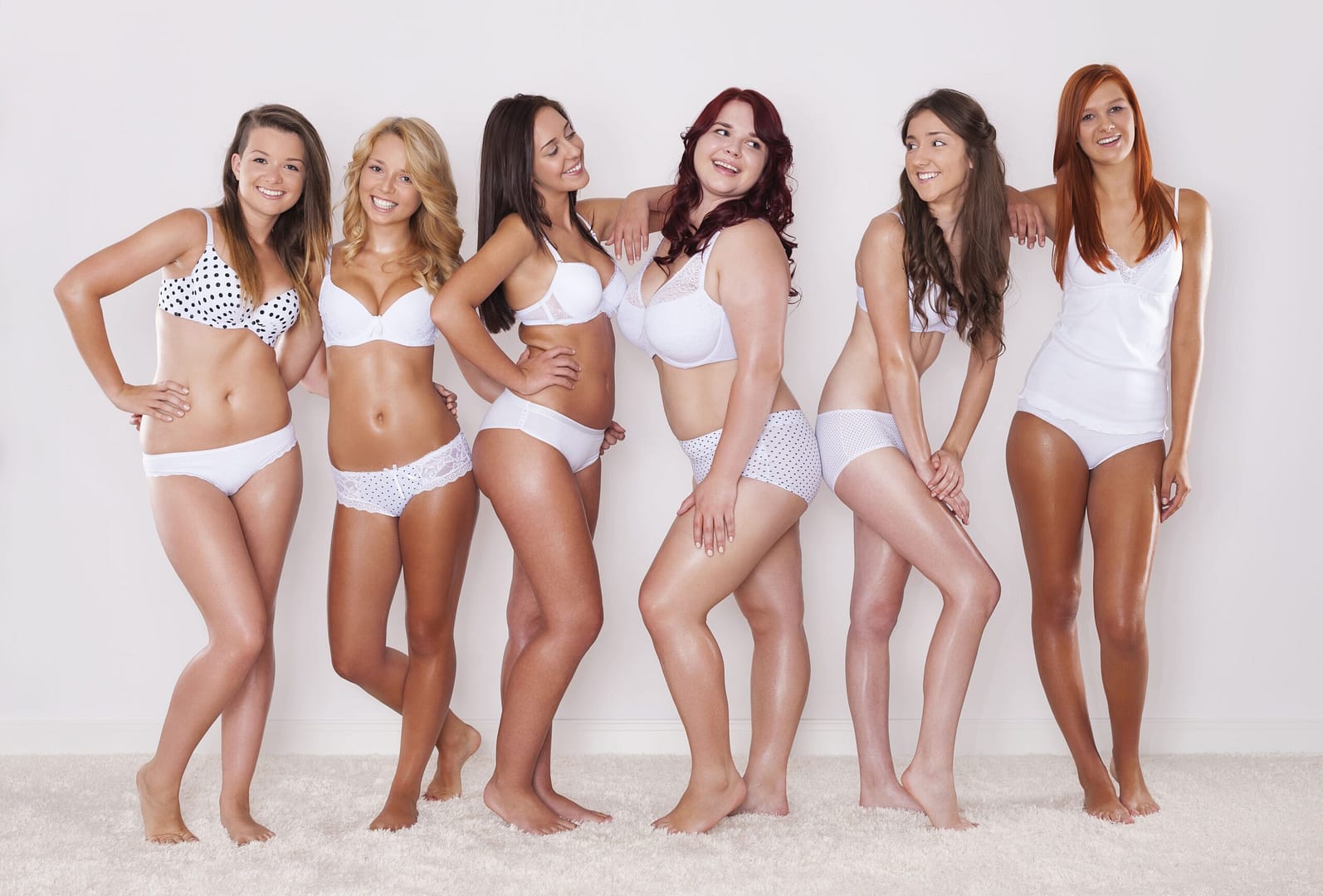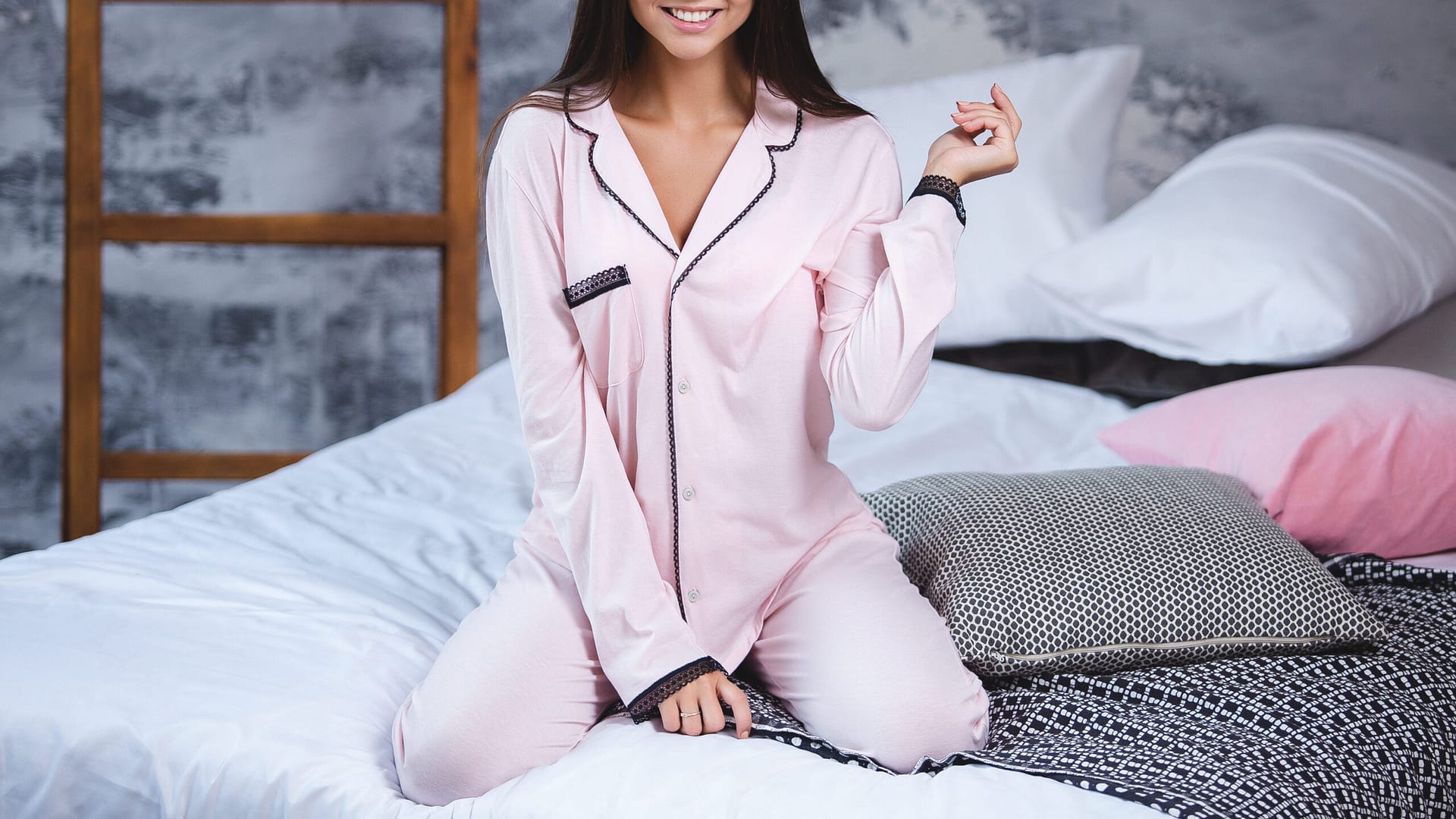| Fabric name | Corduroy |
| Fabric also known as | Corded velveteen, Manchester cloth, elephant cord, pincord |
| Fabric composition | Cotton, cotton-poly blend, wool, or fully synthetic |
| Fabric possible wale variations | 1.5 to 21 |
| Fabric breathability | Medium |
| Moisture-wicking abilities | Medium |
| Heat retention abilities | Depends on the material used |
| Stretchability (give) | Low |
| Prone to pilling/bubbling | Depends on the material used |
| Country where fabric was first produced | England |
| Biggest exporting/producing country today | China |
| Recommended washing temperatures | Depends on the material used |
| Commonly used in | Pants, overalls, jackets, uniforms, shirts, dresses, pillows, upholstery |
The unique allure of corduroy fabric has woven its way through the tapestry of fashion history, emerging as a timeless material cherished for its distinctive texture and versatile charm. With roots that trace back several centuries, corduroy has oscillated in the realm of fashion trends, often associated with everything from the rugged attire of the working class to the refined ensembles of the academically inclined and artistically inclined individuals. This enduring popularity speaks volumes about the fabric’s unique appeal and its ability to adapt to various styles and preferences.

Corduroy, characterized by its signature “cords” or “wales,” offers a tactile and visual depth unmatched by other textiles. This ribbed texture not only contributes to its aesthetic appeal but also to its durability, making it a favored choice for a wide array of apparel, including trousers, jackets, skirts, and even accessories. The fabric’s versatility is further enhanced by the various wale sizes available, ranging from fine to wide, which can dramatically alter the fabric’s overall look and feel.
What Is Corduroy?
Corduroy is a textile with a distinct vertical rib or cord pattern . It’s a medium-weight fabric commonly made from cotton, although it can also be made from wool or synthetic fibers like polyester. The thickness of the cords, also known as wales, can vary depending on how the fabric is woven. Corduroy with narrow wales is called baby cord and is softer and more flexible than corduroy with wider wales.
The History of Corduroy
Corduroy’s journey through the annals of fashion and textile history is as rich and textured as the fabric itself. While its exact origins are somewhat murky, corduroy is believed to have first made its appearance during ancient Egypt, where the fabric’s initial iterations were found. However, the corduroy that we recognize today started to take shape in Europe during the 17th and 18th centuries, primarily in England and France. Initially, it served as a durable, yet affordable fabric for the garments of the working class, owing to its strength and ability to provide warmth.
The term “corduroy” itself, thought to derive from the French “corde du roi” or “cloth of the king,” suggests an association with royalty and luxury. However, this etymology is more romantic folklore than historical fact. Regardless, it underscores the fabric’s perceived value and the esteem in which it was held. By the 18th century, corduroy was being produced in factory towns in England, becoming more widely available and beginning its gradual ascent into the wardrobes of the upper classes.
The 19th century saw corduroy becoming a staple for a variety of workers’ uniforms across Europe, from factory workers to railway men, due to its durability and comfort. However, the fabric’s appeal broadened significantly in the 20th century, particularly during the 1960s and 1970s, when it was embraced by the counterculture movements. Its durable nature and distinctive look made it a symbol of anti-establishment values, a stark contrast to its earlier utilitarian associations.
Academia and art circles also took a particular liking to corduroy, with professors and artists donning corduroy blazers and trousers, further cementing its reputation as a fabric of intellectual and creative expression. This period marked the beginning of corduroy’s transition into a fashionable and sought-after material, capable of transcending social and professional boundaries.
Corduroy technical specifications
Corduroy has some technical specifications that define its construction and properties. Here’s a breakdown:
- Weave: Corduroy is woven with three separate yarns. Two yarns create a plain or twill base weave, and the third yarn creates the fuzzy ridges or wales that characterize corduroy. This third yarn forms loops that are later cut to create the pile.
- Wales: The ridges of corduroy fabric are known as wales, and these wales can vary significantly in width. A piece of corduroy fabric’s “wale number” is determined by the number of wales contained in a single inch of fabric.
- Standard corduroy fabric has around 11-12 wales per inch .
- Wider wales (around 5-8 per inch) are called wales cord and create a more casual look.
- Baby cord has even finer wales (around 15-22 per inch) creating a softer, more luxurious feel.
- Fiber Content: Traditionally, corduroy was made from cotton. However, modern corduroy can also be made from wool or synthetic fibers like polyester, or even blends of these materials. The fiber content will affect the fabric’s weight, warmth, and care requirements.
- Durability: Corduroy is a generally durable fabric, especially when made from cotton or cotton blends. The wales can flatten over time, but they can often be revived with brushing.
How Corduroy Is Made?
Corduroy gets its characteristic texture through a specific weaving process that involves multiple yarns and a cutting step. Here’s a breakdown of how corduroy is made:
- Weaving:
- Three sets of yarns are used:
- Two yarns create a base fabric using a plain or twill weave.
- The third yarn weaves in and out of the base weave, forming loops at intervals. These loops create the foundation for the future wales (cords).
- Three sets of yarns are used:
- Cutting the Pile:
- Once the fabric comes off the loom, the loops created by the third yarn need to be cut to form the distinct corduroy pile.
- A special machine with a rotary knife and a guide needle is used for this purpose. The guide needle positions itself between the base fabric and the loops, allowing the knife to precisely cut the loops, creating the raised wales.
- The number of passes the fabric makes through the cutting machine depends on the desired thickness of the wales. Fine wales might require two passes to ensure all loops are cut cleanly.
Here are some additional points to consider:
- The type of weave used for the base fabric (plain or twill) and the way the pile yarn is woven (forming V-shaped or W-shaped loops) can affect the final look and performance of the corduroy.
- Corduroy with a V-shaped pile is simpler to make but more prone to snags.
By weaving extra yarn and then strategically cutting it, corduroy achieves its unique texture and soft, warm feel.
Types of Corduroy
There are several different types of corduroy, primarily distinguished by the thickness of the wales (cords) running along the fabric. Here’s a breakdown of the common types:

Standard Corduroy: Standard wale corduroy typically features wales that range from 11 to 15 per inch. This type strikes a balance between texture and softness, making it highly adaptable for a broad spectrum of apparel, including trousers, jackets, and skirts. Its moderate wale size offers a classic corduroy look, suitable for both casual and semi-formal wear.

Wide Wale Corduroy: Wide wale corduroy features fewer wales per inch, usually between 3 to 8. The broader ridges create a more pronounced texture, lending the fabric a rugged and robust look. This type of corduroy is perfect for statement pieces like jackets, coats, and upholstery, as its bold texture adds depth and character to the items.

Pincord or Needlecor: Pincord, also known as needlecord, is the finest type of corduroy, with a wale count exceeding 16 per inch. This high-density wale creates a subtle texture, giving the fabric a soft, velvety feel and a sophisticated appearance. Pincord is ideal for apparel that requires a delicate and refined fabric, such as children’s clothing, women’s blouses, and fine shirts.

Baby Corduroy: Similar to pinwale corduroy, baby cord has very fine wales, but even softer and more luxurious due to the even higher wale count (around 20-25 wales per inch) . It’s often used for baby and children’s clothing due to its comfortable feel.

Elephant Corduroy: This type of corduroy has very thick and widely spaced wales, resembling the wrinkled skin of an elephant . It has a bold and visually striking texture and is often used for home decor items like pillows and throws.
Pigment-Dyed Corduroy: This type of corduroy uses pigment dyes instead of traditional dyes, resulting in a more casual and uneven color distribution . It’s often seen in earthy tones and used for jackets, shirts, and bags.
Spandex Corduroy: This type incorporates spandex fibers into the weave, giving the corduroy a bit of stretch for added comfort and flexibility . It’s commonly used for clothing that needs to move with the wearer, such as children’s clothing or yoga pants.

Bedford Cord: This is a special type of corduroy with a diagonal twill weave for the base fabric instead of a plain weave . This creates a more distinct and visible texture compared to standard corduroy.
How much does corduroy fabric cost?
The cost of corduroy fabric can vary depending on several factors, including:
- Wales thickness: Corduroy with finer wales (like pinwale or baby cord) is generally more expensive than corduroy with wider wales.
- Fiber content: Cotton corduroy is typically more expensive than polyester corduroy. Blends can fall somewhere in between.
- Width: Wider corduroy fabric will naturally cost more per yard than narrower fabric.
- Brand and quality: Some higher-end fabric stores may sell corduroy at a premium price point compared to discount fabric stores.
Sustainability and Corduroy
In recent years, the conversation around fashion has increasingly focused on sustainability, with consumers and designers alike seeking materials that are not only durable and stylish but also environmentally responsible. Corduroy, with its long history and enduring popularity, has come under scrutiny within this context. This section explores the environmental impact of producing corduroy, sustainable practices in its manufacturing, and the future of this beloved fabric in an eco-conscious world.
The Environmental Impact of Corduroy Production
Traditionally, corduroy is made from cotton, a natural fiber known for its comfort and breathability. However, conventional cotton farming can be resource-intensive, requiring significant amounts of water and pesticides. The environmental footprint of corduroy is therefore closely tied to the practices used in cotton agriculture, as well as the dyeing and finishing processes the fabric undergoes during production.
Sustainable Practices in Corduroy Manufacturing
Recognizing these challenges, many manufacturers are turning to more sustainable practices to produce corduroy. This includes the use of organic cotton, which is grown without harmful pesticides and with water-efficient techniques. Organic cotton not only lessens the environmental impact but also supports healthier ecosystems and farming communities.
Additionally, some producers are exploring recycled and alternative fibers to reduce corduroy’s environmental footprint. Recycled polyester, for instance, can be woven with organic cotton to create a more sustainable corduroy fabric that retains the texture and durability the material is known for.
In terms of finishing processes, advancements in eco-friendly dyeing and treatment methods have further reduced the environmental impact of corduroy production. Water-saving dye technologies and non-toxic finishes are becoming more commonplace, aligning corduroy manufacturing with broader sustainability goals.
Choosing the Right Corduroy for Your Project
Selecting the perfect type of corduroy for a design project involves considering several factors, including the garment’s intended use, desired aesthetic, and the fabric’s specific characteristics. With a variety of corduroy types available, each offering different textures, weights, and colors, making the right choice can elevate your project from good to exceptional. Here are some guidelines to help you select the best corduroy for your needs.

Consider the Garment Type
The type of garment you’re creating will largely dictate the most suitable type of corduroy. For structured pieces such as jackets or blazers, a medium to wide wale corduroy can provide the necessary body and texture. These thicker wales offer a robust appearance that complements the garment’s form.
Conversely, for items that require a softer drape and more subtle texture, such as dresses or shirts, a fine wale corduroy, like pincord, is ideal. Its delicate texture adds depth without overwhelming the garment’s silhouette.
Think About Comfort and Wearability
Stretch corduroy, with its inclusion of elastane, offers enhanced comfort and flexibility, making it a great choice for fitted garments or pieces that require a bit of give, such as skinny jeans or leggings. The added stretch improves wearability without sacrificing the classic corduroy look.
Color and Pattern
Corduroy comes in a wide range of colors, from classic neutrals to bold, vibrant hues. The choice of color can significantly affect the garment’s overall mood and style. Darker colors tend to offer a more traditional, sophisticated feel, while bright or unconventional colors can make a bold fashion statement.
Additionally, consider the impact of color on the visibility of the wales. Lighter colors may highlight the texture more prominently than darker shades, which can either be a desired effect or something to avoid, depending on your design goals.
Fabric Weight
The weight of the corduroy fabric is another critical consideration, as it affects both the look and function of the finished piece. Heavier weights are better suited for outerwear and colder weather garments, offering warmth and durability. Lighter weights are preferable for transitional pieces or garments designed for warmer climates, providing breathability and ease of movement.
Testing and Sampling
Before committing to a particular type of corduroy for your project, it’s advisable to test and sample different options. This can include draping the fabric to assess its flow, washing it to check for colorfastness and shrinkage, and feeling the texture to ensure it meets your expectations. Sampling allows you to make informed decisions and avoid potential issues down the line.
Conclusion
As we’ve journeyed through the rich history, diverse types, and practical applications of corduroy, it’s clear that this timeless fabric holds a special place in both the world of fashion and sustainable textiles. From its durable texture and versatile appeal to the innovative strides towards eco-friendliness, corduroy continues to offer a unique blend of style, comfort, and conscientiousness. Whether you’re a designer seeking to incorporate corduroy into your next collection, a consumer looking for a durable and fashionable garment, or an enthusiast exploring the sustainable aspects of textile production, corduroy presents a fascinating and valuable choice.
For those intrigued by the endless possibilities of working with corduroy and other sustainable fabrics, Valtin Apparel serves as a comprehensive resource and partner. Specializing in offering fast sample making, low MOQs, and one-stop-shopping solutions, we are dedicated to supporting apparel brands and founders worldwide. At Valtin Apparel, we’re committed to merging traditional textile craftsmanship with modern sustainability practices, ensuring that your projects not only look exceptional but also contribute positively to the environment.
FAQs about Corduroy Fabric
What is corduroy fabric?
Corduroy is a textured fabric characterized by its distinctive pattern of parallel ridges or wales. It’s typically made from cotton or a cotton-blend and is known for its durability, warmth, and versatile aesthetic.
How many types of corduroy are there?
There are several types of corduroy, mainly differentiated by the size of the wales. Common types include standard wale, pincord (or needlecord), wide wale, and stretch corduroy, each suited to different applications and styles.
Is corduroy suitable for summer?
While traditionally associated with cooler weather due to its thickness and warmth, lighter-weight corduroy can be suitable for summer. Pieces like thin corduroy shirts or dresses can offer a stylish, breathable option for warmer months.
Is corduroy environmentally friendly?
The sustainability of corduroy depends on how the cotton is farmed and how the fabric is produced. Options like organic cotton corduroy or corduroy made from recycled materials are more environmentally friendly choices.
Does corduroy stretch out over time?
Corduroy, like many fabrics, can stretch out with wear, especially in areas like the knees and seat. Stretch corduroy, which includes elastane, offers more flexibility and can better retain its shape.
Where can I find high-quality corduroy fabrics?
For those looking to source high-quality corduroy fabrics for their projects, Valtin Apparel offers a wide range of options. Specializing in fast sample making, low MOQs, and one-stop-shopping solutions, Valtin Apparel is your go-to source for corduroy and other sustainable fabric needs. Visit valtinapparel.com to explore our selection and learn more about our services.

